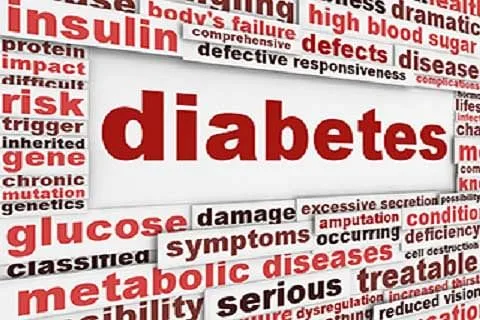For many chronic disease conditions, long-term prospective patient registries are an important epidemiological tool to gain better clinical insights. Over the years, both hospital and population-based registries have contributed tremendously to the epidemiology of chronic diseases such as cancers. In the developed world, registries play a pivotal role in the health system to assess quality of clinical care delivered to chronic conditions such as diabetes. With a sharp spike in global diabetic populations even the established health systems are struggling to provide efficient patient monitoring and care. From the patients’ perspective, registries collate health status over time to assess improvement.
They further help identify areas of concerns by letting them compare their clinical parameters and co-relate health outcome with patients seeking care from the same health system. Current literature on youth-onset diabetes, particularly Type-1 Diabetes has been contributed mainly by registry collaborations such as World Health Organizations.
However such data is not available from developing countries. As a case in reference could be that of India – where there is a substantial gap in the existing literature relating to the burden and natural history of diabetes mellitus, particularity youth-onset diabetes. Given the exponentially rise in prevalence of diabetes among the young people in India, the Indian Council of Medical Research (ICMR) decided to establish the Registry of people with diabetes with Young Age at Onset (YDR) in 2006.
The primary underlying objectives of YDR were to generate information on disease pattern or types of youth-onset diabetes including their geographical variations within India and estimate the burden of diabetes complications. The key secondary objectives were – to facilitate research in the areas of basic, clinical, epidemiological, genetic, and molecular levels pertaining to young-onset diabetes; to help promote awareness about magnitude of the problem among professionals and public health partners; to aid in diabetes monitoring programs; and finally to develop human resources in diabetes epidemiology.
YDR is implemented through regional collaborating centers (RCCs) which coordinate data collection with reporting centers. The registry started with 5 RCCs, and three more were added in 2009. These centers are tertiary care public or private institutions with a proven track record of conducting multicenter clinical trials and translational research projects in the field of diabetes. Baseline pro forma is used to collect data at the time of registration, and an annual follow up is taken with follow-up pro forma.
Official commencement of prospective data collection in YDR was on September 1, 2006. The flagship Phase, 2 of YDR, was kick-started in 2012. The SKIMS went on to become the 11th regional collaborating center. Typically, the staff includes an MBBS doctor (SRF Medical) responsible for collecting the clinical data supported by a Data entry operator (DEO). The team visits peripheral health centers of the valley to brief doctors about this project and make any on-spot referrals of any young diabetic to SKIMS for the registry.
As part of the YDR project, training workshops are conducted from time to time to sensitise doctors of the valley towards the Registry. The young patients with diabetes are also rolled-in for these workshops for diabetes education, awareness and advocacy. The 7th workshop in the series was held on 14th March 2019 at SKIMS auditorium where all stakeholders be participated. Such exercises are designed to help formulate ideas on how to tackle the burden of juvenile diabetes in the Kashmir.
The department of endocrinology holds Young Diabetic clinic every weekend, where young diabetics are examined on priority. Despite its certain limitations, the young diabetes registry provides a unique window to study the natural history of youth-onset diabetes in Kashmir.
The data generated from this data capturing process would serve as a robust platform in formulating treatment guidelines and designing interventions for improving the clinical outcomes as well as the quality of life of youth-onset diabetes population of Kashmir.
(The writer is professor of endocrinology at SKIMS Srinagar).






